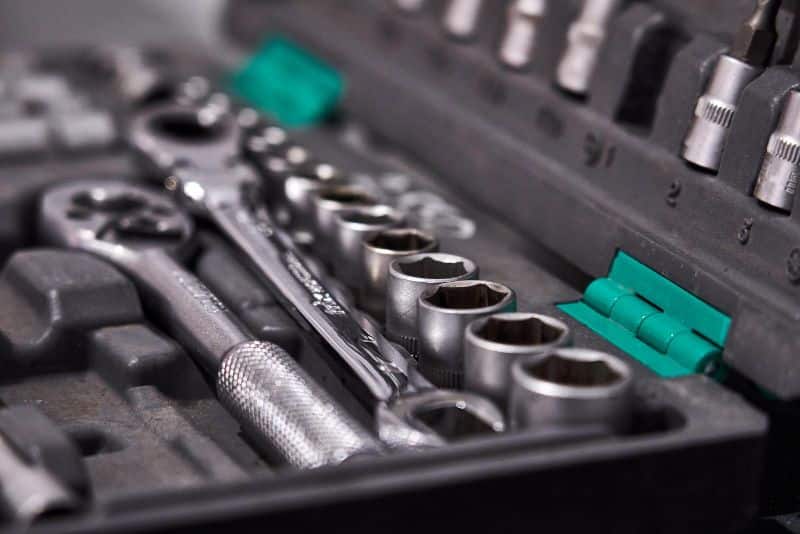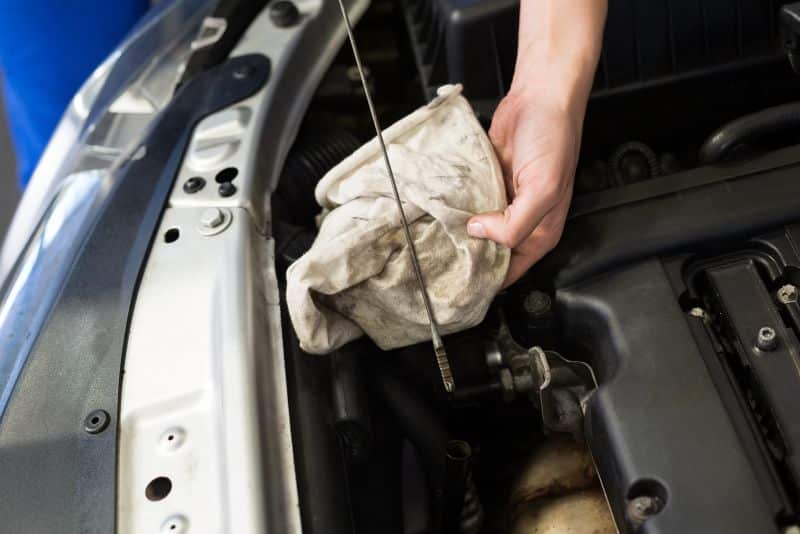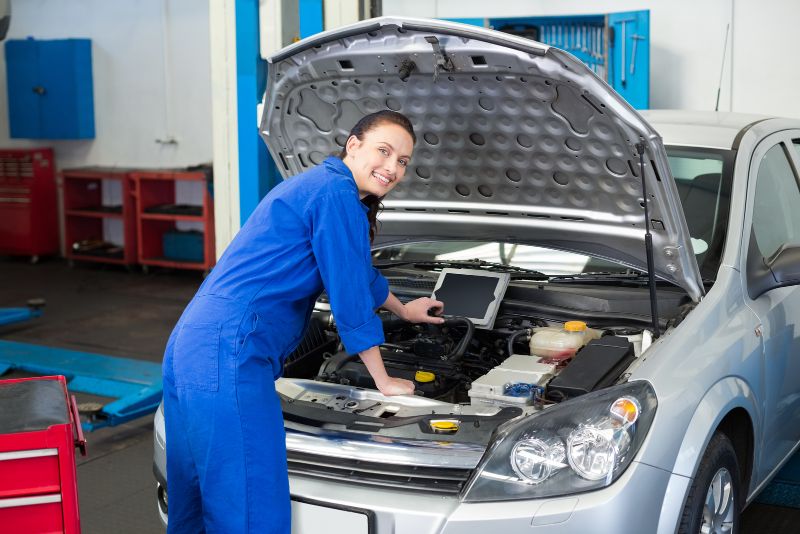Discovering car issues can be overwhelming, especially if you’re unsure of the problem or how to fix it. Instead of rushing to the auto repair shop, you may be able to address minor problems yourself at home. In this blog post, we’ll discuss DIY tips for handling smaller car issues, saving you time and money!

Understand your car’s manual
Your car’s manual is like a guide that holds all the answers to any questions you may have about your vehicle. It can help you understand the parts of the engine so that you’re better able to identify any issues that might arise. Problems are an inevitable part of car ownership, but if you’re able to recognize and diagnose them, then you can take action before they turn into something more serious. Familiarizing yourself with your car’s manual is an essential step in becoming a responsible and knowledgeable car owner.
Learn how to check levels of oil, coolant and brake fluid
Regular maintenance is key when it comes to keeping your vehicle running smoothly. One important aspect of this is monitoring the levels of your car’s fluids. To ensure that your car is performing at its best, it is essential to know how to check the levels of oil, coolant, brake fluid, and washer fluid in your vehicle. These are all crucial fluids that help your car function efficiently and prevent costly repairs down the road. Regularly inspecting and topping up these fluids is a simple yet effective way to keep your car in tip-top shape and ensure that you have a safe and smooth ride. With a little knowledge and effort, you can keep your car running like a dream!

Ensure you have all the tools necessary for car maintenance
Maintaining your car is essential for its longevity and performance, and having the proper tools can make all the difference. When it comes to car maintenance, it’s crucial to have the right equipment, such as jack stands, a wrench set, hydraulics jacks, and a Phillips-head screwdriver. With these tools in your arsenal, you can tackle a wide range of repairs and tasks with confidence. Changing your oil, checking your brakes, or replacing your air filter are just a few examples of the tasks that require these tools. So, if you’re serious about keeping your car in top shape, don’t forget to invest in the right tools for the job.
Get to know your tires
Your tires are the only point of contact between your car and the road, making it essential to keep them in good condition. To ensure they are properly maintained, periodically measure their tread wear, inspect for bulges or cracks, and make sure they are adequately inflated. Over time, your tires will wear down and lose their grip, causing handling and stopping distance to be compromised. By regularly checking their condition, you can proactively address any issues before they become serious safety hazards on the road. So, get to know your tires and keep them in top shape to ensure a safe and enjoyable driving experience.
Find out how to read your dashboard warning lights
Have you ever been startled by a sudden warning light on your car’s dashboard? It’s a feeling we’ve all experienced. But what if we told you that knowing how to decipher those warning lights could save you time and money in the long run? Yes, it’s true! Understanding what those lights mean and taking appropriate action when they come on can prevent more costly repairs down the road. So, don’t wait until it’s too late. Take the time to familiarize yourself with your car’s dashboard warning lights today!
Know when it’s time to call a professional mechanic
Tinkering with your car may seem cost-effective, but sometimes it’s not worth the risk. Even with basic knowledge of car repairs, it’s crucial to know when to call professionals for serious issues. If your brakes act up or strange noises come from your engine, a trained mechanic should inspect it. They have the expertise and equipment to diagnose and fix problems safely. While fixing it yourself may save money, relying on professionals will save time, money, and headaches.

If you want to be confident when it comes to car maintenance, then familiarizing yourself with the basics is essential. Make sure to read your car’s manual so you know how to spot potential problems and have the tools on hand for simple fixes. Remember to check the tire condition and tire pressure, keep an eye on fluid levels, learn what your dashboard warning lights mean, and lastly, know when it’s time to call in a professional mechanic. Now that you are armed with the knowledge necessary for caring for your vehicle, go forth and show those road hazards who’s boss!
Get our car emergency kit checklist while you’re here!
